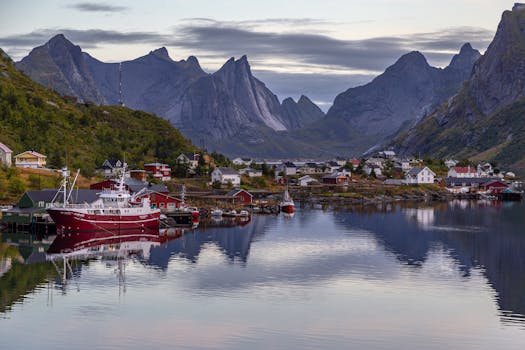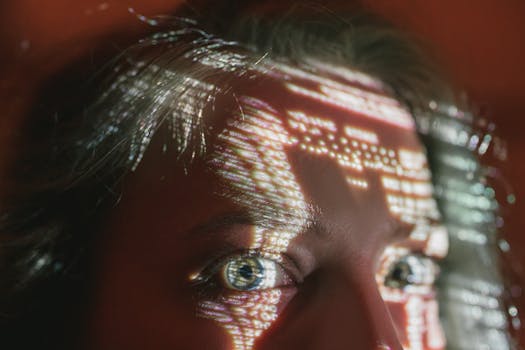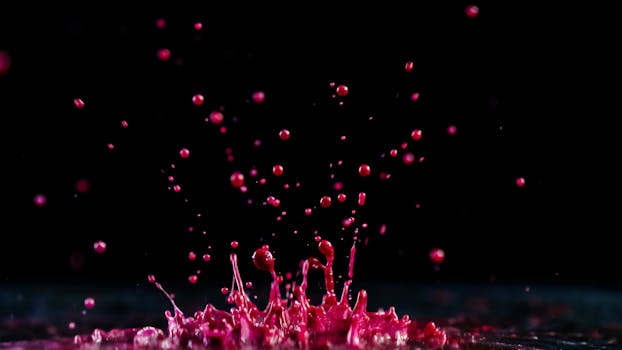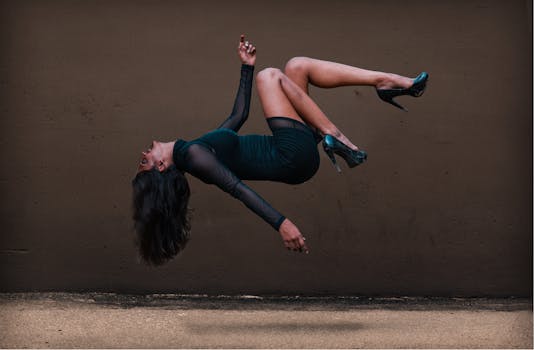
Photography as Art: The Evolution of Visual Storytelling
Takeaways: This article explores the journey of photography from its inception to its current status as a leading form of artistic expression. We delve into the major movements, technological advancements, and the impact of photography on visual storytelling.
Photography, once merely a tool for documentation, has evolved over the years into a powerful medium for artistic expression and visual storytelling. This transformation reflects not only advancements in technology but also shifts in societal and cultural perceptions of what constitutes art. In this article, we will explore the evolution of photography as an art form and its impact on visual storytelling.
The Early Days of Photography
The history of photography dates back to the early 19th century when pioneers like Joseph Nicéphore Niépce and Louis Daguerre developed the first practical photographic processes. The daguerreotype, introduced in 1839, was the first commercially successful method of capturing images, allowing for detailed representations of people and places. During this time, photography was primarily seen as a scientific and documentary tool rather than an art form.
As the medium developed, so did the techniques and materials used by photographers. The introduction of glass plates in the 1850s allowed for sharper images and greater detail, paving the way for portrait photography to flourish. Photographers like Julia Margaret Cameron and Matthew Brady began to experiment with composition and lighting, capturing more than just the subject but also the emotion and essence of the moment.
The Rise of Artistic Photography

During this time, photography also began to diverge into various styles and movements, influenced by contemporary art movements such as Impressionism and Cubism. This period marked a significant shift where photographers started to embrace creativity, experimentation, and personal expression. The invention of 35mm film and the Leica camera in the 1920s further revolutionized the field, allowing photographers to capture spontaneous moments and tell stories through their lenses.
Modern Photography and the Digital Revolution

Moreover, digital editing software like Adobe Photoshop revolutionized the way images could be manipulated and enhanced. Photographers began to merge traditional techniques with digital artistry, creating new genres such as digital surrealism and photo manipulation. This era has blurred the lines between photography and other art forms, enabling artists to tell stories that transcend reality.
Social media platforms like Instagram have further transformed photography into an instantaneous form of visual storytelling. Photographers can share their work globally, engage with audiences, and receive immediate feedback. This shift has not only influenced how stories are told but also how they are perceived, leading to a more interactive and participatory approach to visual art.
The Future of Photography as Art

Furthermore, contemporary issues such as climate change and social justice are becoming central themes in photographic narratives, with artists using their work to inspire dialogue and provoke thought. As photography continues to evolve, it remains a vital medium for artistic expression and storytelling, reflecting the complexities of the human experience.
Conclusion



